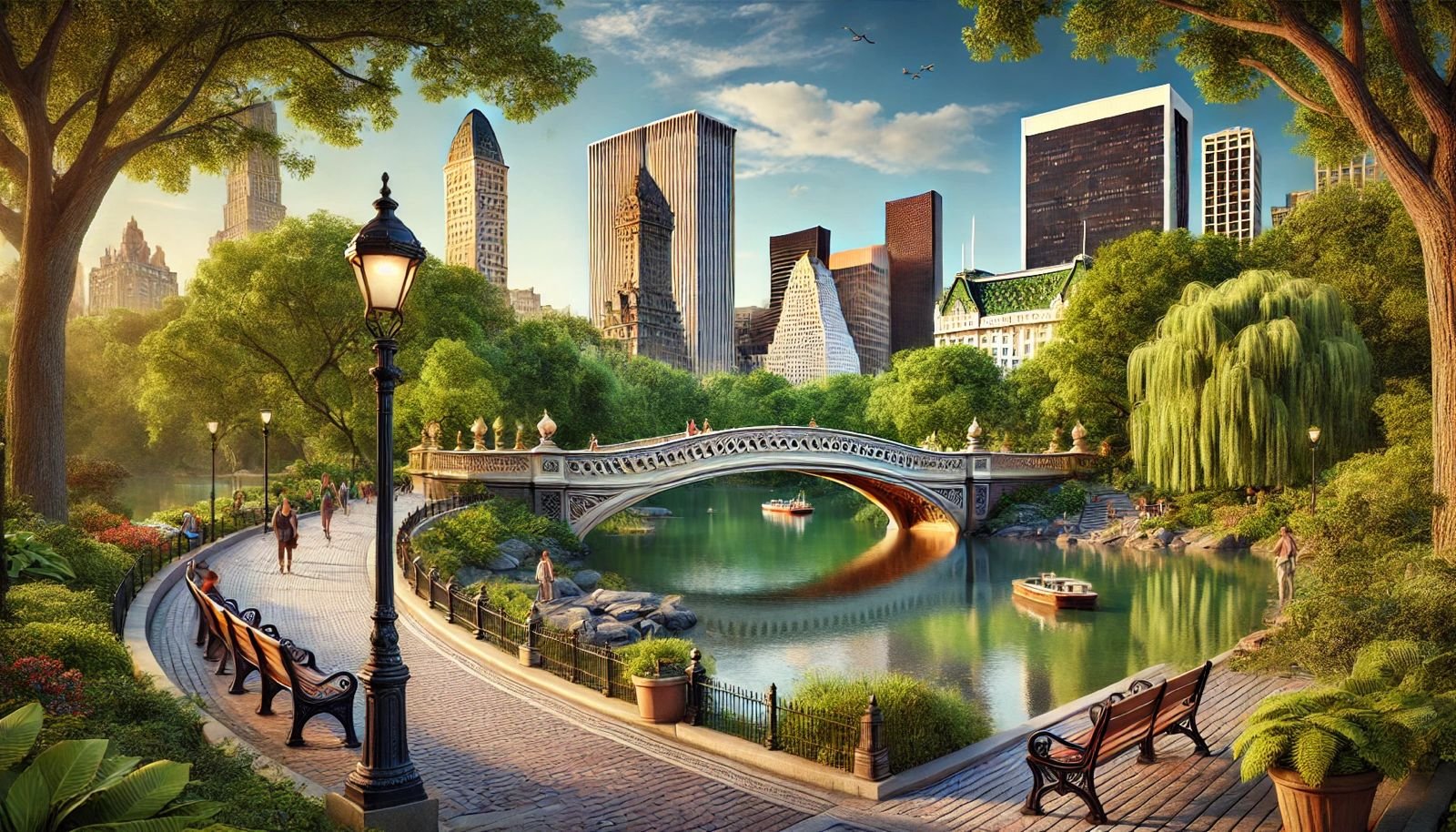What Is the Story Behind Central Park?
The quintessential New York City landscape is Central Park, beyond its vast green stretch. It is a tribute to the city's history and culture and the ingenuity of its designers. Throughout time, this urban haven has reflected the changing needs of New Yorkers, demonstrating the importance of public space. This blog explores Central Park's incredible journey, from its creation to the present day.
The Birth of Central Park
The concept of Central Park began in the early 19th century when New York's rapid urbanization left little room for public leisure. Recognizing the need for an expansive green refuge, city officials secured a plot of land in 1853, marking the beginning of this iconic park. Frederick Law Olmsted and Calvert Vaux brought their visionary "Greensward Plan" to life after winning a design competition. They wanted to create a pastoral retreat combining natural aspects with design functionalities for urban folks.
Building an Urban Sanctuary
Olmsted and Vaux had a vision for Central Park that was revolutionary. Construction started in 1858 and included reshaping the landscape to include winding walkways, serene lakes, and open spaces of greenery, all coming to a close in 1873. Attractions that stood out included Bethesda Terrace, the Great Lawn, and Bow Bridge, each meticulously crafted to create the serenity of the park. Each piece was strategically added to provide natural wonder as well as a recreational facility for visitors.
Cultural Significance
It had long been a cultural epicentre in New York City- through decades, hosting hundreds and thousands of gatherings from great concerts and festivals to most momentous political demonstrations, where artists, writers and musicians have found inspiration. Its serene settings have long since been immortalized within motion pictures and television programs in global consciousness.
Restoration of a National Treasure
Despite its early years of success, Central Park had to endure periods of neglect as a result of urban challenges and lack of maintenance. By the later 20th century, much of the park lay in disrepair. Restorative efforts by organizations like the Central Park Conservatory in the 1980s transformed the park again. With dedicated funding and community efforts, the park was revitalized and returned to its former glory and beauty for generations to enjoy.
Central Park Today
Central Park remains an important part of New York City's identity. More than 42 million visitors each year take leisurely strolls or participate in sports, go for picnics, and enjoy cultural events. And the park, of course, has far more critical functions beyond its recreational and social value. As an urban lung and a supporter of wildlife habitats and in mitigating the urban heat effect-an important role today given climate change.
A New Beginning: NYC Move Out Cleaning
One aspect is to leave your New York City home in a very clean and presentable manner so that the new person who gets to move into the property will have an easy task. This can be left on our professional move out cleaning in NYC where they ensure all tasks of deep kitchen and bathroom cleaning, carpets vacuuming, and sanitizing the hard areas are dealt with. A clean spot for you to leave the space provides peace for the rest of your endeavors.
Conclusion: Central Park's Enduring Legacy
Central Park remains a symbol of New York's commitment to preserving green spaces amidst a bustling metropolis. The park's history is a testament to the dynamic evolution of the city and the universal need for connection with nature. Remember the value of care and renewal as you explore the park or move through transitions in your life. Such as how Central Park flourishes under thoughtful maintenance, a clean and inviting home created through our professional move out cleaning in NYC leaves a good residue in the city in terms of legacy in care and stewardship.
